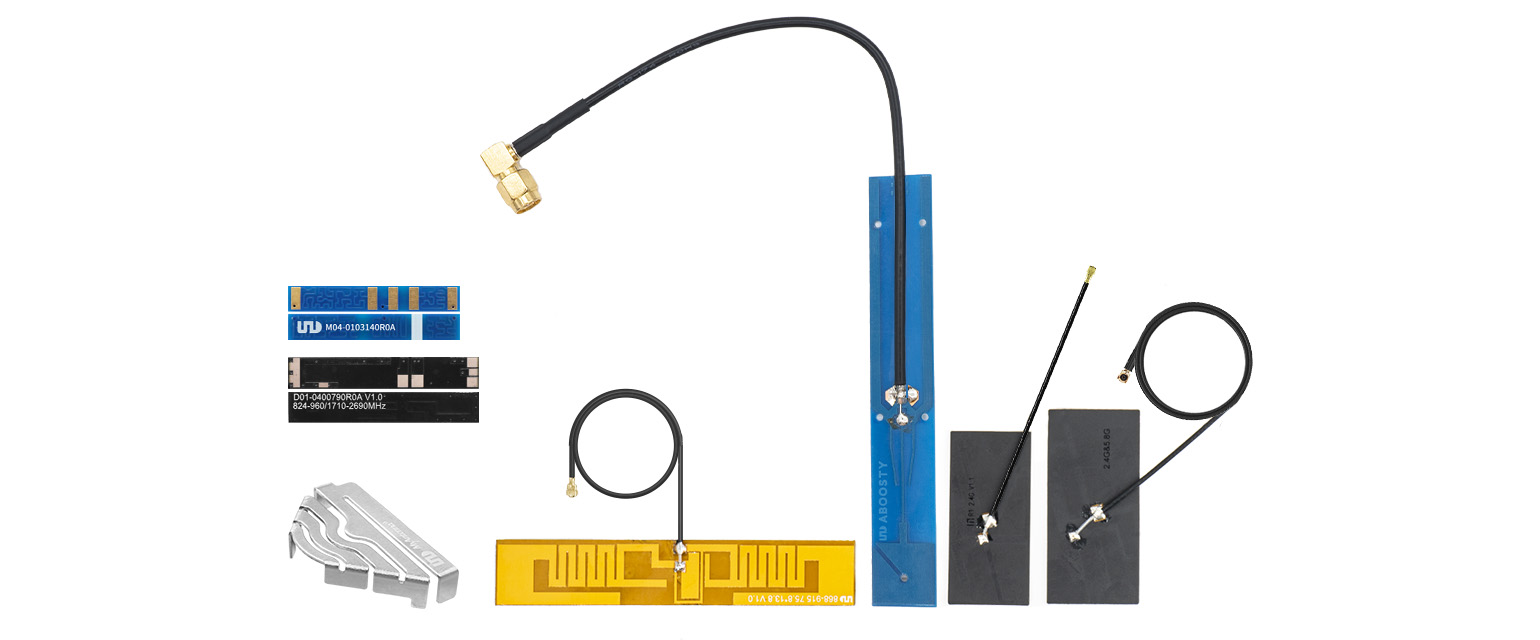Antenna design has undergone significant transformations over the years, evolving from basic structures to sophisticated technologies that enable seamless communication. This article delves into the journey of antenna design, highlighting key innovations and their implications for modern connectivity.

A Brief History of Antenna Design
The concept of antenna design dates back to the late 19th century when inventors like Heinrich Hertz demonstrated the transmission of electromagnetic waves. Initially, antennas were simple wire structures, often referred to as dipole antennas. These early designs laid the groundwork for future advancements. But how did we transition from these rudimentary forms to the complex antennas we see today?
- Early Innovations: The introduction of the Yagi-Uda antenna in the 1920s marked a significant milestone, enhancing directionality and gain.
- Advancements in Materials: The use of new materials, such as plastics and composites, has allowed for more compact and efficient designs.
- Integration with Technology: The rise of digital communication necessitated the development of antennas that could operate across various frequencies.
Modern Antenna Design Techniques
Today, antenna design incorporates advanced techniques that cater to the demands of modern technology. For instance, the emergence of embedded antennas has revolutionized how devices connect to the Internet of Things (IoT). These antennas are integrated directly into devices, optimizing space and enhancing performance. You can learn more about this innovation in detail at this article.
Key Features of Modern Antenna Design
Modern antenna design focuses on several critical features that enhance functionality:
- Miniaturization: As devices become smaller, antennas must also shrink without sacrificing performance.
- Multi-band Capabilities: Antennas are now designed to operate across multiple frequency bands, making them versatile for various applications.
- Smart Antenna Technology: Adaptive antennas can adjust their parameters in real-time, improving signal quality and reducing interference.
The Future of Antenna Design
Looking ahead, the future of antenna design is promising. With the advent of 5G technology and beyond, the demand for high-performance antennas will only increase. Researchers are exploring innovative materials and designs that can support higher frequencies and greater data rates. What challenges lie ahead for antenna designers in this rapidly evolving landscape?
In conclusion, the evolution of antenna design reflects the broader advancements in communication technology. From traditional wire structures to modern embedded solutions, the journey has been marked by innovation and adaptation. As we continue to push the boundaries of connectivity, understanding the principles of antenna design will be crucial for future developments.








